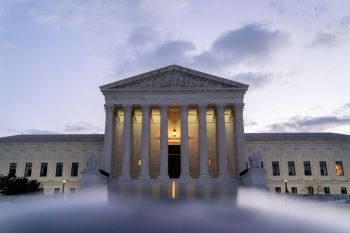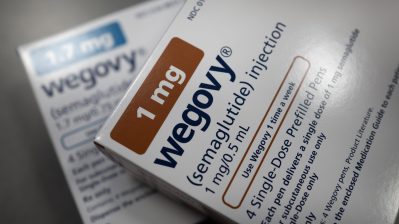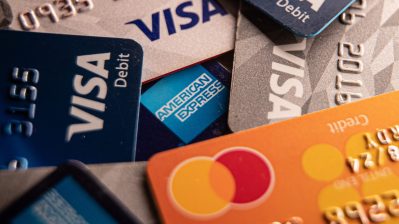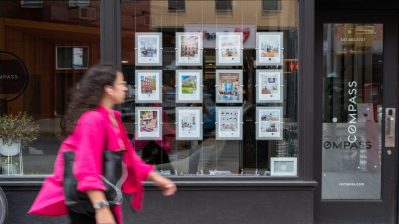Staying healthy outside the nest
TEXT OF INTERVIEW
Tess Vigeland: This week, Bank of America and a unit of Citigroup joined a raft of student loan providers backing away from that market. The nation’s largest student loan provider, Sallie Mae, warned of a pending “train wreck” in the 85 billion dollar business, but the credit crunch is also affecting students who are about to graduate.
Jobs are harder to find and that means no income and no health care.
Stephen Finan is with the American Cancer Society. This week, he testified before Congress about the problems of obtaining health insurance.
What are your options if you’re just out of school and jobless?
Stephen Finan: Well, if you were a student, a full-time student, you have the possibility and option of remaining as a dependant on a parents’ plan, but if you are not a full-time student and you do not have a job — or at least a job as employer-sponsored insurance — you essentially only have one option and that is to seek health insurance coverage in the non-group or individual market.
Vigeland: Essentially, if you are not actively in school, you can’t stay on your parents’ insurance?
Finan: Generally, under the Internal Revenue Code, you lose your dependant status when you turn 19 or if you remain a full-time student, you can remain a dependant until age 22. In some states, they have extended that coverage until 25 and a few states are even pushing as high as 29.
Vigeland: Alright, well let’s assume that your only option is to buy yourself some individual health insurance. Is there a general idea of how much a 21, 22-year-old recent college graduate who does not have a job yet might pay monthly in premiums?
Finan: It’s virtually impossible. I think at the low end, for a 20-year-old who is in good health, a male may pay as little as $1,200-1,300 a year, but the high end… it could be thousands of dollars a year.
Vigeland: I don’t know if you would think of this as a trend, but we’ve noticed something with some insurance companies: they’re really marketing specialized health care plans to young people. I’ve seen one that even looks like an iPod ad. Are these types of plans a good option?
Finan: Well, they are becoming increasingly common. The largest group of uninsured Americans are the young, those between age 19 and 25 or 26. Some large insurance carriers are starting to develop plans and markets specifically to them. Although they are cheap, the quality of the insurance is questionable. It’s not uncommon, for example, to have a total benefit limit of, say, $25,000, which sounds a lot, but then the young person has to consider the possibility “What happens if I’m in a motorcycle accident?” Then that person is virtually unprotected.
Vigeland: So what are the basic elements of a good plan for someone at that age?
Finan: You want to make sure you’ve got good coverage for hospitalization, there’s good coverage for doctors and providers, both inpatient and outpatient, and you want coverage for prescription drugs. Prescription drugs can be phenomenally expensive and many plans today don’t cover prescription drugs or if they do, the co-insurance or co-pays on them can be extremely high.
Vigeland: Stephen Finan is associate director for policy at the American Cancer Society. Thanks so much for your help today.
Finan: Well, thank you.
There’s a lot happening in the world. Through it all, Marketplace is here for you.
You rely on Marketplace to break down the world’s events and tell you how it affects you in a fact-based, approachable way. We rely on your financial support to keep making that possible.
Your donation today powers the independent journalism that you rely on. For just $5/month, you can help sustain Marketplace so we can keep reporting on the things that matter to you.


















